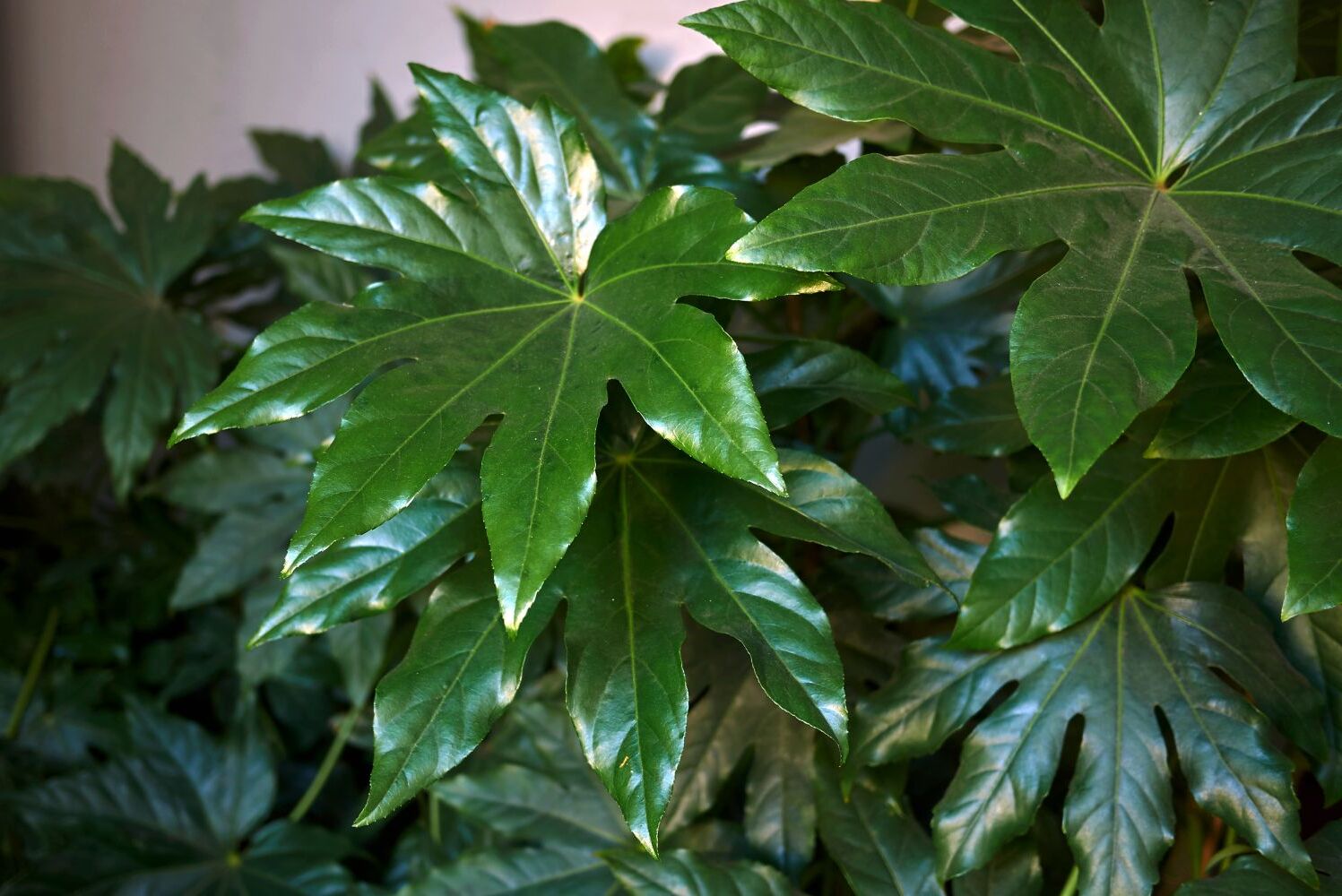
Ever wondered about the fascinating world of Fatsia Japonica? This unique plant, often called the Japanese Aralia, boasts lush, glossy leaves that can transform any garden into a tropical paradise. But what makes Fatsia Japonica so special? For starters, it's incredibly hardy, thriving in both shade and partial sunlight. Did you know it can also purify the air, making your living space healthier? With its ability to withstand cold temperatures, this plant is perfect for various climates. Curious about its care requirements? Fatsia Japonica is low-maintenance, needing minimal watering and pruning. Ready to learn more? Dive into these 27 intriguing facts about this versatile and beautiful plant!
What is Fatsia Japonica?
Fatsia Japonica, also known as Japanese Aralia, is a popular evergreen shrub. It’s known for its large, glossy leaves and ability to thrive in shady spots. Here are some fascinating facts about this plant.
-
Native to Japan and Korea
Fatsia Japonica originates from Japan and Korea. It’s often found in coastal woodlands and forest edges. -
Large, Palmate Leaves
The leaves of Fatsia Japonica are large and palmate, resembling an open hand with fingers spread. They can grow up to 16 inches wide. -
Evergreen Nature
This plant is evergreen, meaning it retains its leaves throughout the year, providing continuous greenery. -
Shade Tolerant
Fatsia Japonica thrives in shady areas, making it perfect for gardens with limited sunlight. -
Cold Hardy
It can withstand cold temperatures, surviving in USDA hardiness zones 7-10.
Growth and Care
Understanding how to grow and care for Fatsia Japonica can help you maintain a healthy plant. Here are some key points to consider.
-
Fast Growth Rate
Fatsia Japonica grows quickly, often reaching heights of 6-10 feet within a few years. -
Moist, Well-Drained Soil
This plant prefers moist, well-drained soil. It doesn’t tolerate waterlogged conditions. -
Regular Watering
Regular watering is essential, especially during dry periods. However, avoid overwatering. -
Fertilization Needs
Fertilize in spring and summer with a balanced, slow-release fertilizer to promote healthy growth. -
Pruning Tips
Prune in late winter or early spring to maintain shape and remove any damaged or dead branches.
Unique Features
Fatsia Japonica has several unique features that make it stand out in any garden.
-
Umbrella-Like Flower Clusters
In autumn, it produces small, white flowers in umbrella-like clusters, adding visual interest. -
Black Berries
After flowering, it develops small black berries that attract birds. -
Indoor Plant Potential
Fatsia Japonica can be grown indoors as a houseplant, provided it receives enough indirect light. -
Air Purifying Qualities
This plant helps purify the air by removing toxins, making it a great addition to indoor spaces. -
Pest Resistant
It’s relatively pest-resistant, though it can occasionally attract aphids or spider mites.
Uses in Landscaping
Fatsia Japonica is versatile and can be used in various landscaping applications.
-
Foundation Planting
Its dense foliage makes it ideal for foundation planting, providing a lush backdrop. -
Shade Garden
Perfect for shade gardens, it adds texture and interest where other plants may struggle. -
Container Gardening
It can be grown in containers, making it suitable for patios or small spaces. -
Tropical Look
Its large leaves give a tropical look, even in non-tropical climates. -
Privacy Screen
When planted in groups, it can serve as an effective privacy screen.
Interesting Facts
Here are some more intriguing tidbits about Fatsia Japonica.
-
Hybrid Varieties
There are hybrid varieties, such as Fatshedera, a cross between Fatsia Japonica and English Ivy. -
Medicinal Uses
In traditional medicine, parts of the plant have been used for their anti-inflammatory properties. -
Symbolism
In Japan, it symbolizes protection and is often planted near homes for good luck. -
Low Maintenance
It’s a low-maintenance plant, requiring minimal care once established. -
Deer Resistant
Deer tend to avoid Fatsia Japonica, making it a good choice for areas with deer problems. -
Longevity
With proper care, Fatsia Japonica can live for many years, providing long-term beauty. -
Adaptability
It adapts well to different environments, from coastal areas to urban gardens.
Final Thoughts on Fatsia Japonica
Fatsia Japonica, with its unique foliage and easy-care nature, makes a fantastic addition to any garden. This plant thrives in shady spots, providing a lush, tropical feel without demanding much attention. Its large, glossy leaves not only add visual interest but also improve air quality indoors.
Whether you're a seasoned gardener or just starting out, Fatsia Japonica offers versatility and resilience. It can handle a variety of conditions, from drought to cold snaps, making it a reliable choice. Plus, its ability to grow both indoors and outdoors adds to its appeal.
So, if you're looking to add a touch of the exotic to your space, consider Fatsia Japonica. Its beauty and hardiness make it a standout plant that you'll enjoy for years to come.
Was this page helpful?
Our commitment to delivering trustworthy and engaging content is at the heart of what we do. Each fact on our site is contributed by real users like you, bringing a wealth of diverse insights and information. To ensure the highest standards of accuracy and reliability, our dedicated editors meticulously review each submission. This process guarantees that the facts we share are not only fascinating but also credible. Trust in our commitment to quality and authenticity as you explore and learn with us.


